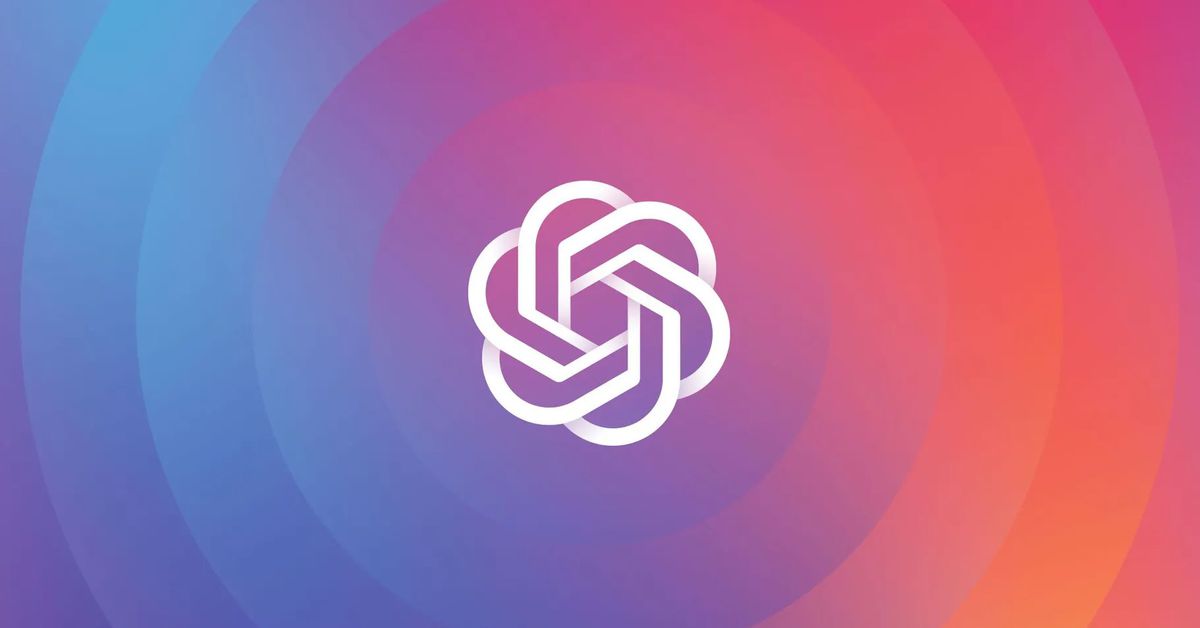OpenAI has publicly responded to a copyright lawsuit by The New York Times, calling the case “without merit” and saying it still hoped for a partnership with the media outlet.
In a blog post, OpenAI said the Times “is not telling the full story.” It took particular issue with claims that its ChatGPT AI tool reproduced Times stories verbatim, arguing that the Times had manipulated prompts to include regurgitated excerpts of articles. “Even when using such prompts, our models don’t typically behave the way The New York Times insinuates, which suggests they either instructed the model to regurgitate or cherry-picked their examples from many attempts,” OpenAI said.
OpenAI claims it’s attempted to reduce regurgitation from its large language models and that the Times refused to share examples of this reproduction before filing the lawsuit. It said the verbatim examples “appear to be from year-old articles that have proliferated on multiple third-party websites.” The company did admit that it took down a ChatGPT feature, called Browse, that unintentionally reproduced content.



That’s quite the claim to make so boldly. How about you prove it? Or maybe stop asserting things you aren’t certain about.
But you don’t understand, he wants it to be true!
17 USC § 106, exclusive rights in copyrighted works:
Clearly, this is capable of reproducing a work, and is derivative of the work. I would argue that it’s displayed publicly as well, if you can use it without an account.
You could argue fair use, but I doubt this use would meet any of the four test factors, let alone all of them.